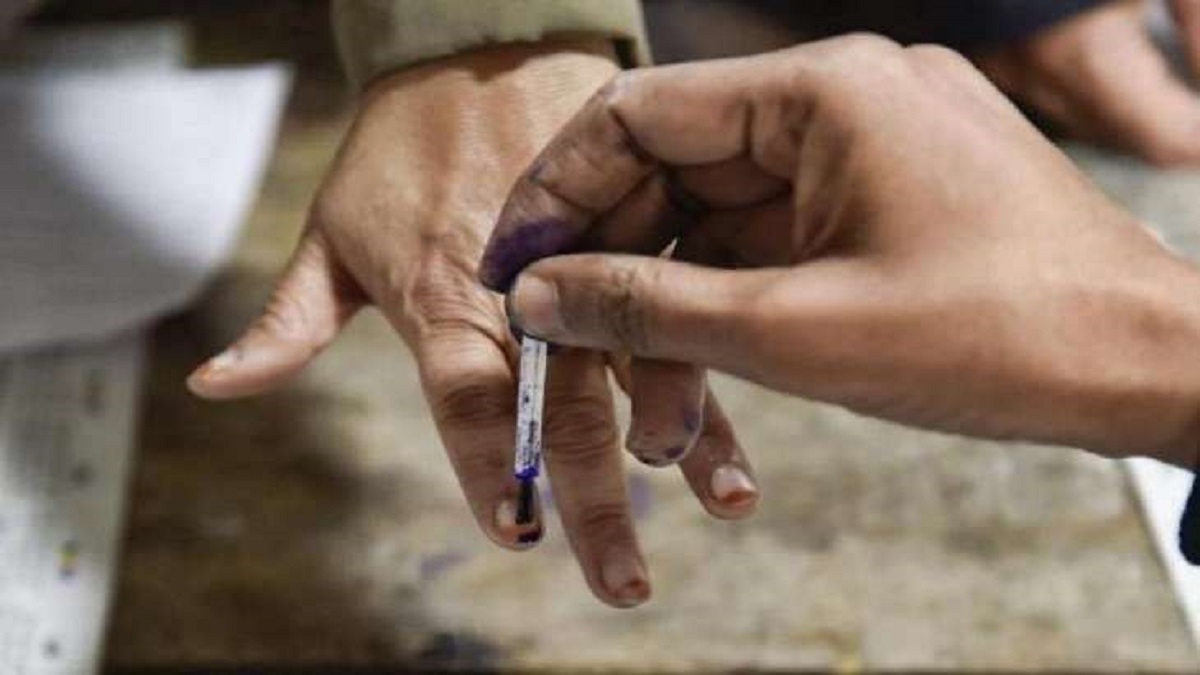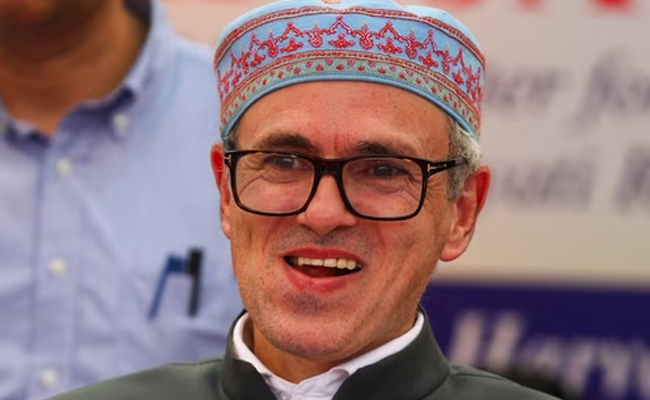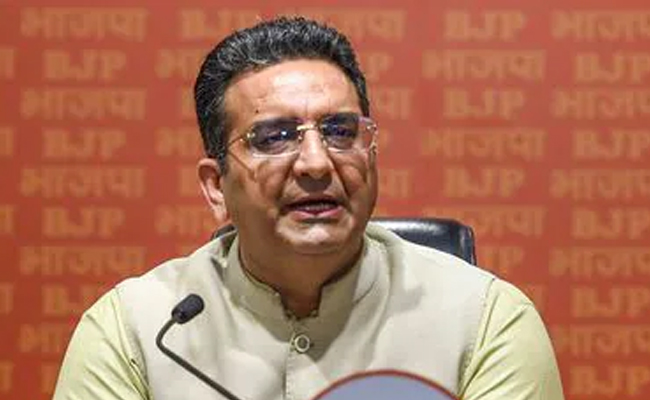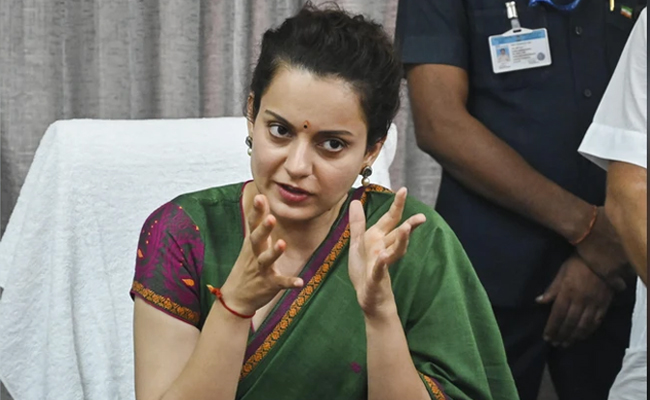New Delhi: A message circulating on WhatsApp is spreading false claims about the voting process in India, particularly regarding the concepts of "challenge vote" and "tender vote." The message advises voters to show their Aadhar card or voter ID and request a "challenge vote" if their name is not on the voter list, which is not true. Any person whose name is not on the electoral rolls cannot vote.
The message also incorrectly describes the concept of "challenged vote," which is when polling agents challenge the identity of a voter, and the presiding officer holds an inquiry into the challenge.
The concept of "challenge vote" does not exist under section 49A of the Conduct of Elections Rules 1961, as described in the message. The section, in reality, pertains to the design of electronic voting machines.
Regarding the claim that if someone finds that their vote has already been cast, they can request a "tender vote," this claim is true. Under section 42 of the Conduct of Elections Rules, 1961, a person representing themselves as a particular elector can apply for a "tendered ballot paper" if another person has already voted as such an elector. They will be entitled to mark a ballot paper in the same manner as any other elector.
However, the claim that any polling booth recording more than 14% tender votes will trigger a repoll is false. Tendered votes are only considered when they are likely to affect the outcome of the election, such as when the margin of victory is less than the number of tendered votes. The Election Commission handbook also does not mention any specific percentage for triggering a repoll, so the figure of 14% is unfounded.
The Election Commission of India (ECI) spokesperson, Sheyphali Sharan, had earlier confirmed that a person whose name is missing from the voter list cannot vote. Therefore, the claim that voters can ask for a "challenge vote" using their Aadhar card or voter ID is misleading and false. The ECI advises voters to check their names on the electoral rolls before Election Day and update them if necessary.
Misinformation and false claims about the voting process can impact voter confidence and discourage people from exercising their right to vote. Therefore, it is essential to fact-check and verify information before sharing it with others. Voters can contact their local election officials or the Election Commission of India to clarify any doubts or queries about the voting process.
Let the Truth be known. If you read VB and like VB, please be a VB Supporter and Help us deliver the Truth to one and all.
Srinagar (PTI): Jammu and Kashmir Chief Minister Omar Abdullah on Wednesday criticised his Bihar counterpart over the niqab incident and said that Nitish Kumar might be slowly revealing his true nature.
"Nitish Kumar, who was once considered a secular leader, may be slowly showing his true colours," Abdullah told reporters here on the sidelines of a function.
Abdullah said Kumar removing the face veil of a Muslim woman doctor was wrong and cannot be justified by any means.
"We have seen this kind of incident here several years ago. Have you forgotten how Mehbooba Mufti removed the burqa of a legitimate voter inside a polling station? That act was wrong, and this act (of Kumar) is also wrong.
"If the (Bihar) chief minister did not want to hand over the order to her (Muslim woman), they could have kept her aside. However, to humiliate her like this is totally wrong," the Jammu and Kashmir chief minister said.
Kumar stirred a huge controversy after he removed the face veil of a Muslim woman at a function earlier this week.





